Brunello Cucinelli’s Umbria
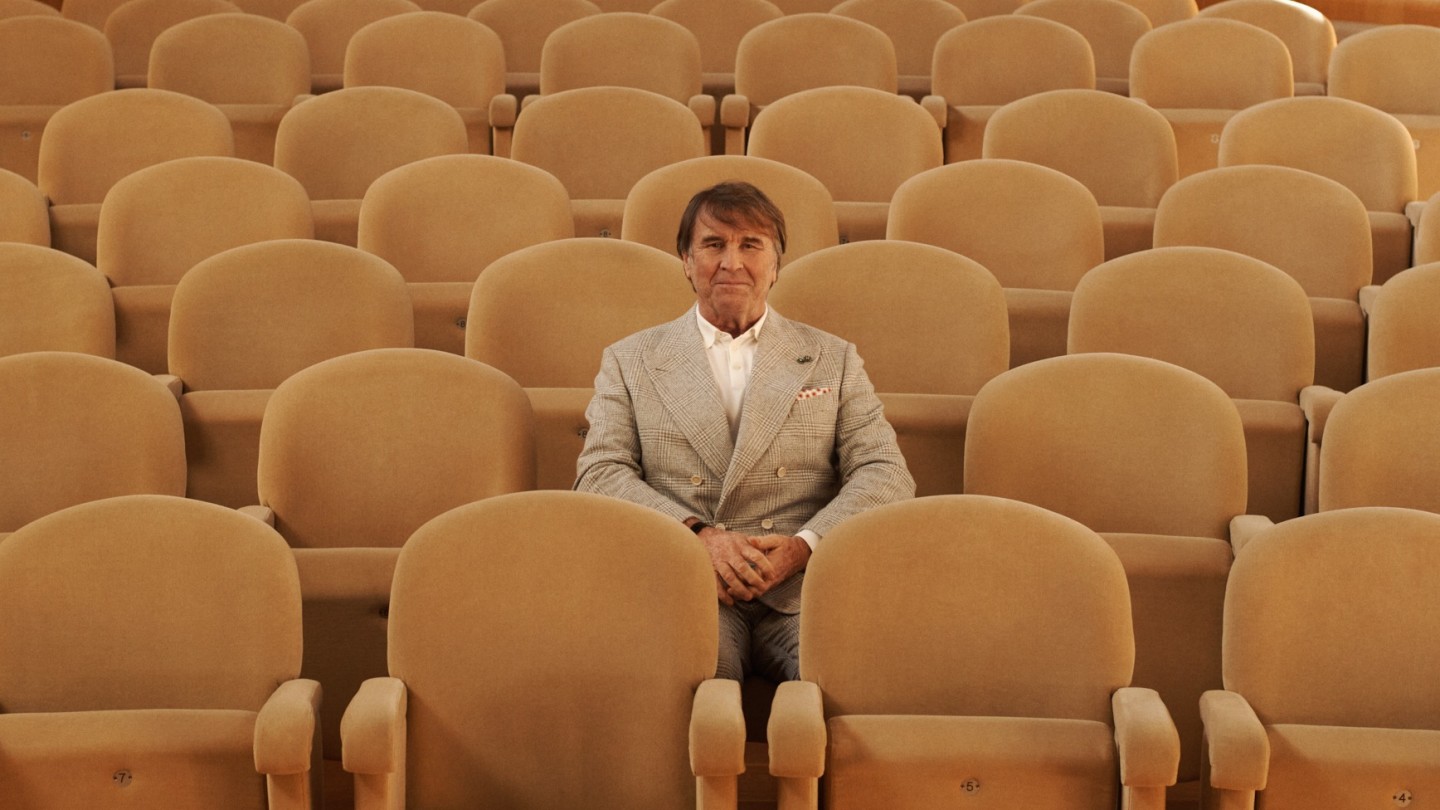
Roula Khalaf, Editor of the FT, selects her favourite stories in this weekly newsletter.
It’s 5pm, the sun is streaming into my office in the tower of the Castello di Solomeo, Umbria, and the church bells are tolling. This is my place of tranquillity, where I think and create. In general, Solomeo, and all Umbria, is peaceful – except when carnival season comes around in January. Then Umbria’s towns and villages abound with feasts, parties and parades. The wildest of these is Perugia’s Carnevale del Bartoccio, a 17th-century satire that ridiculed newly wealthy landowners. During this time the pasticcerie are filled with strufoli, castagnole and crescionda di Spoleto. When I was a boy we would eat plenty of these, dance in a barn and all the other farmers for miles around would join. It was wonderful – atmospheric and very spiritual.
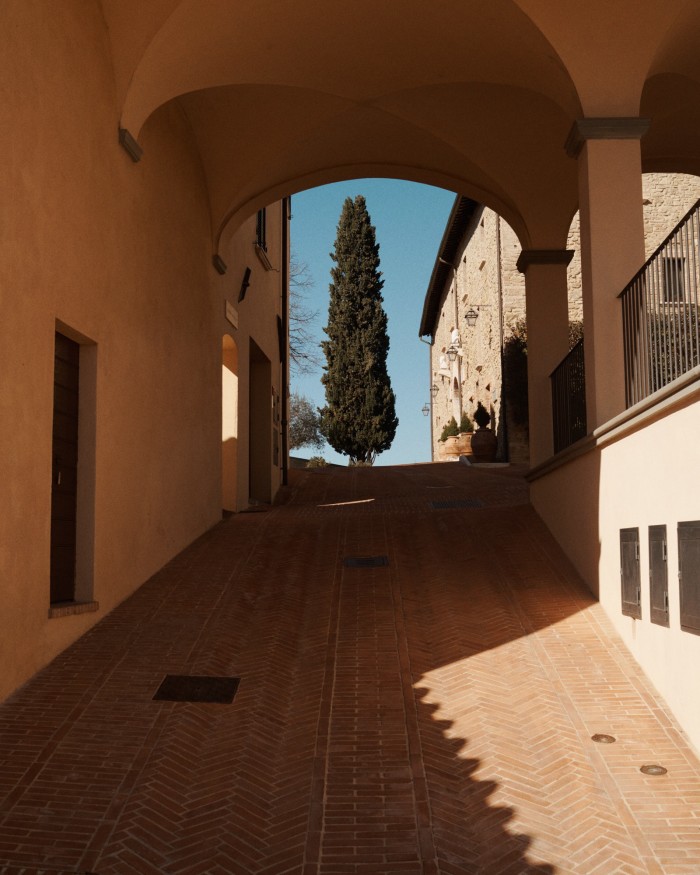
The carnival heralds the arrival of spring, vibrant light, golden wheat and sunflowers – best seen in Norcia and around the Castelluccio plain. It’s also worth walking the route between Piazza of the Basilica of St Francis and the Hermitage of the Carceri in Assisi for a few hours of total silence. Either that or you can chat with the Benedictine monks. September, October and November are excellent months for foodies as everything comes at once: the olive and grape harvests, abundant truffles and wild mushrooms. My family and I go foraging for mushrooms in the woods around Lake Trasimeno. During the autumn grape harvest – the all-important vendemmia – I visit the vineyards and wineries in the Montefalco area. I look for small producers such as Paolo Bea who are personally involved in every level of the wine-making process. After the harvest, the hillsides covered in bare vines have a certain magic.
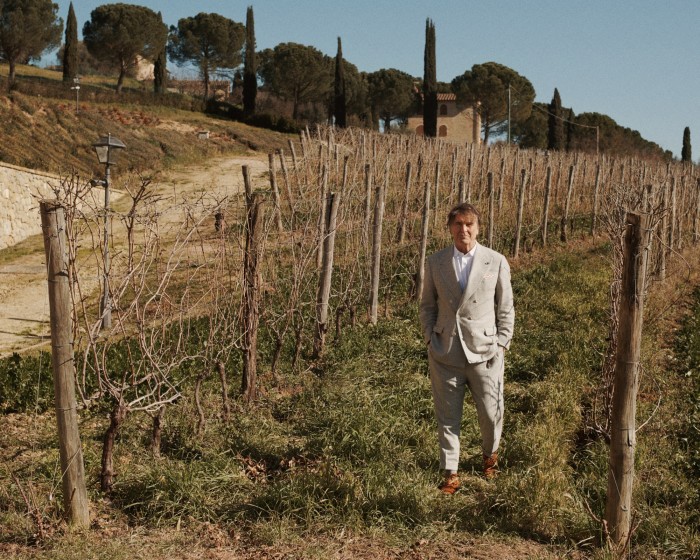
Our wine, like our food, is characteristically hefty. Up until 50 years ago, 90 per cent of Umbrians were farmers, so our cuisine is very natural, simple and high quality. A typical lunch or late breakfast is based around bread, good olive oil, prosciutto, sausage or cheese: I buy these at the farmers’ market at Pian di Massiano in Perugia on Saturdays, or Coldiretti Campagna Amica, a covered market.
For the best olive oil, I seek out Batta, a farm located off Via San Girolamo on the route to Perugia. Drizzle this over warm bread from one of the bakeries in downtown Perugia where they still make our regional unsalted bread, pane sciapo, which is a throwback to a heavy salt tax imposed in the 16th century.
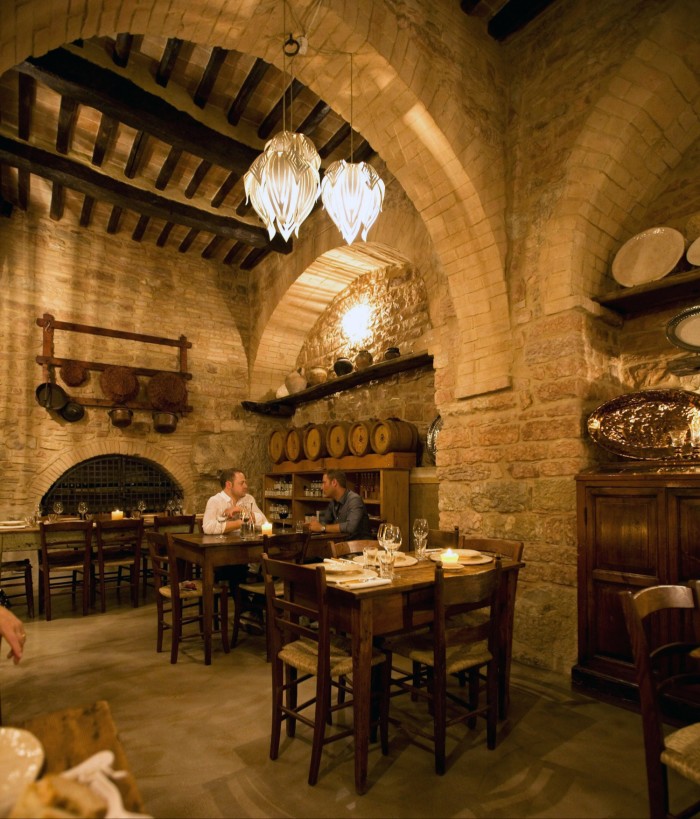
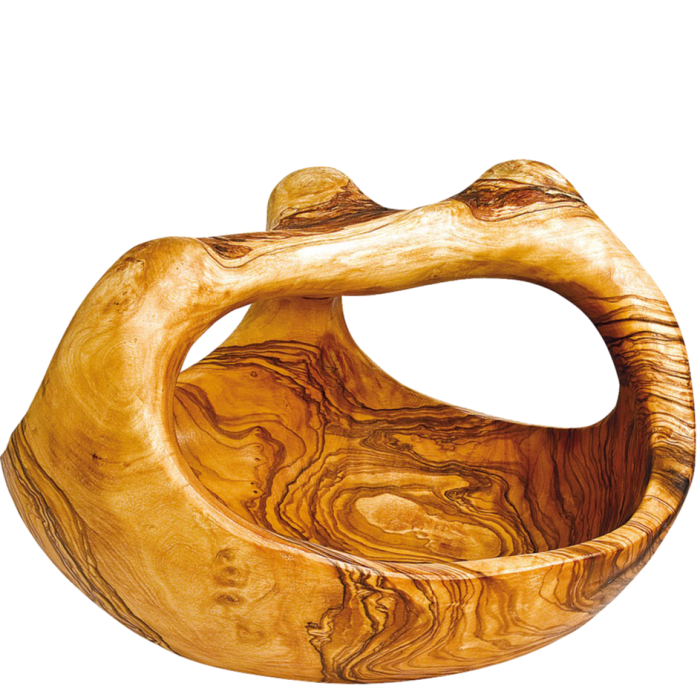
Arte Legno olive wood basket, POA
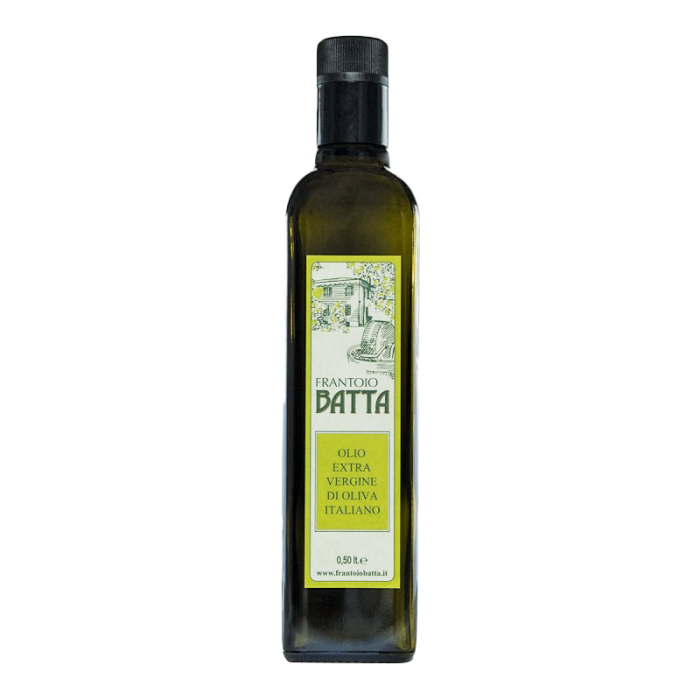
Batta extra virgin olive oil, €24.90
The black truffle is king here. Believe me, if you try the black truffle tagliatelle at La Cantina di Spello you will stop and realise that God exists. This restaurant truly defines the art of good living in small towns. And Cesarino in downtown Perugia, with excellent seasonal cooking, also has an enviable view of Piazza IV Novembre, to my mind one of the most beautiful squares in Italy. It’s well located near the Galleria Nazionale dell’Umbria, where an exhibition for the 500th anniversary of painter Pietro Vannucci, known as Il Perugino, has just opened.
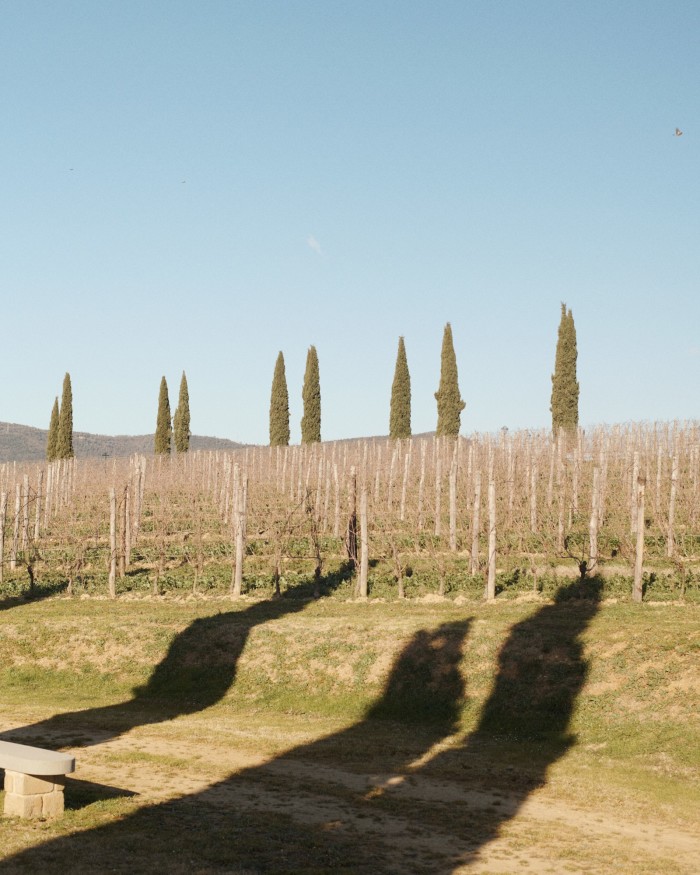
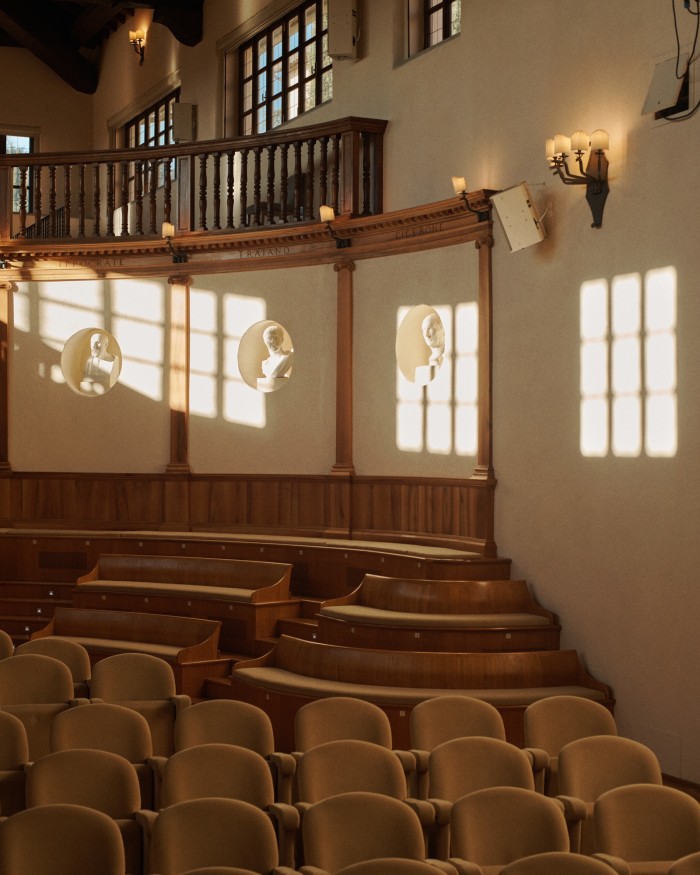
In general, Umbrians are quite serious, hard-working people; a bit stubborn and proud of our identity. An essential ritual is to rise early and go for a cappuccino and cornetto. I get mine at the Solomeo village shop, La Bottega Delizie & Capricci, at 7am while the cornetti are still hot and the jam melts. Most mornings I have breakfast with the contractors who work on the Cucinelli-funded building and restoration projects: the Teatro Cucinelli, the monastery at Norcia, and the Etruscan archway. Being involved in these projects is my passion, as I’m a craftsman and architect at heart. Many Umbrian villages specialise in their own craft work. In Deruta, for example, there’s a whole ceramic district of pottery characterised by yellow and blue hues and motifs of flora and fauna. In Spello and Trevi, the skills of the Olivo woodworkers never fail to inspire me. We work hard but clock off at 5.30pm. This is essential. After that I attend to body and soul by playing tennis or football in the Don Alberto Seri Park or in the Solomeo stadium. I’m mad about football: Juventus is my team but I’m happy when Milan or Perugia win too.
Right before the sun sets, the colours here are marvellous, so rustic. My clothes are inspired by these colours: they come from the earth and my origins, and from the traditions of Franciscan and Benedictine monks, who are simple and rigorous.
When you leave Umbria you take with you a bit of tranquillity, and a sense of being tuned into nature’s rhythms. You’ll also take about a kilo of extra weight from all the good food, wine and dolcetti. That’s absolutely guaranteed.
Comments